On Saturday the BFI presented the premiere of the restored version of Alfred Hitchcock’s 1926 thriller The Lodger: A Story of the London Fog.

This wasn’t just any old screening at the Barbican, because it also unveiled a new score by Nitin Sawhney, performed live by the London Symphony Orchestra and the Nitin Sawhney Band (Sawhney himself conducted the orchestra, despite suffering from the flu).
The Lodger marks Hitchcock’s third feature and first UK-shot feature (after he returned from working in Germany). The serial killer story also marked his first suspense thriller; with matinee idol Ivor Novello cast against type as a mysterious man who is suspected of a string of killings of blonde women across London. Hitchcock himself called it the “first true ‘Hitchcock’ movie.”
Introducing the screening, Robin Baker, head curator of the BFI National Archive, noted that the original film was made quickly (shot in March and shown to press by September) with a budget of £13,132.10. Baker said: “One of the thrills of watching it, is recognising all these things we see as being Hitchcockian” — from the use of shadows to the concentration on blondes. “He’s trying things on for size that he’d use in his Hollywood career,” Baker added. (He also noted that the film could also be called ‘Reville-ian,’ as Hitch’s soon-to-be-wife Alma Reville was AD on The Lodger.)
The new score was commissioned by Network Releasing in partnership with the BFI. “None of the original scores exist [for the Hitchcock silent films the BFI is working on], so that’s an extraordinary opportunity to work with the UK’s most creative and innovative musicians,” Baker noted.
Sawhney, who has composed music for Human Planet and is currently scoring Deepa Mehta’s Midnight’s Children, certainly fit that bill. He created a mesmerising score — suitably dramatic and Herrmann-influenced but also incorporating softer, more modern vocals at times.

The BFI National Archive handled the more than 1,000 hours of restoration (funded by the Hollywood Foreign Press Association, The Film Foundation, Simon W Hessel, the BBFC, Deluxe 142, Shivendra Singh Dungarpur and Ian and Beth Mill. As the negative no longer existed, the source material used was a number of nitrate prints held at the BFI National Archive. Tinting and toning the black-and-white film was done to reflect the original release.
It wasn’t just the Barbican audience in for the treat — CAV Network cinemas which showed the premiere included the Broadway Nottingham, Chapter Cardiff, DCA Dundee, Glasgow Film Theatre, Manchester Cornerhouse, Bradford National Media Museum, Quad Derby, Queen’s Theatre Belfast, Sheffield Showroom, Tyneside Newcastle and the Watershed Bristol. City Screen is also programmed it into Port Talbot’s Celtic Community Leisure Centre, Electric Palace Bridport, Gulbenkian Theatre Canterbury and Phoenix Leicester.
For more about the BFI’s The Genius of Hitchcock season, visit the website.




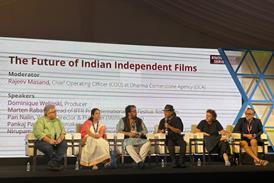
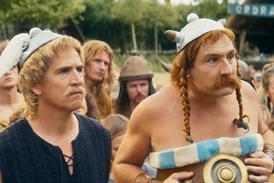

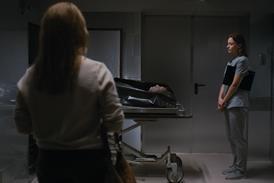
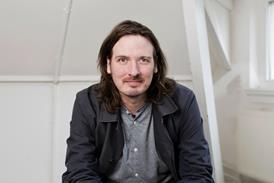

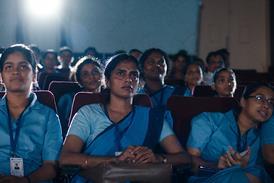
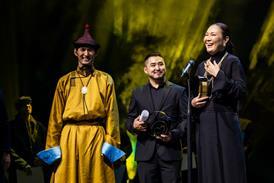






No comments yet